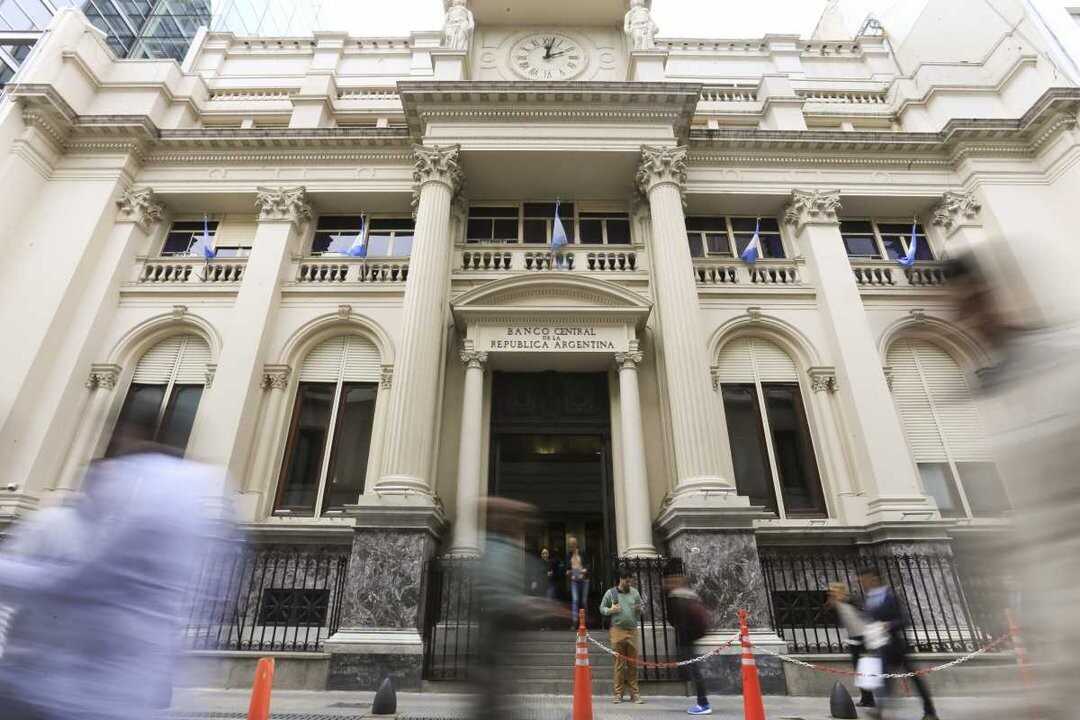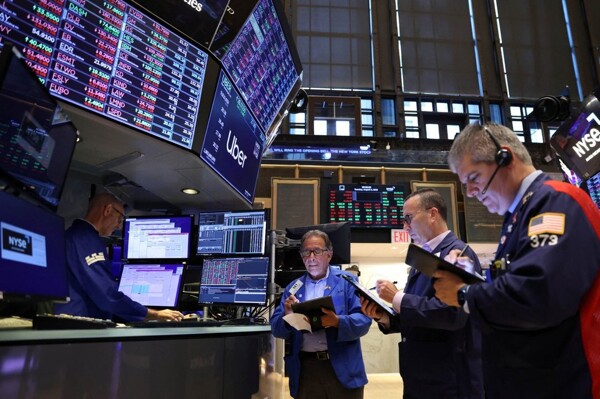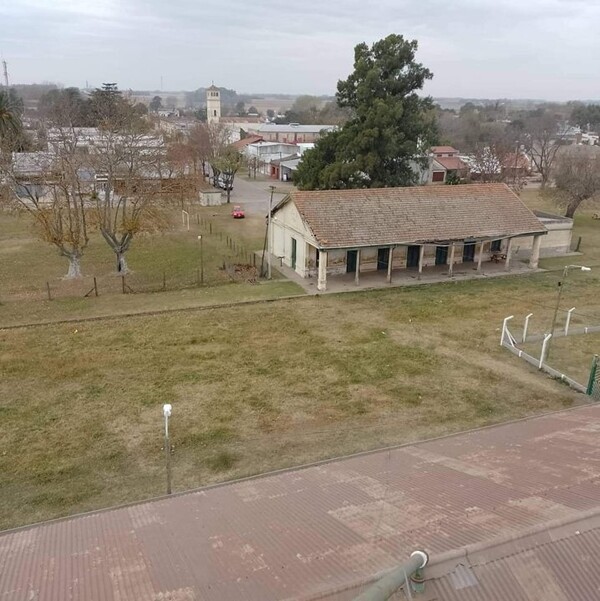
The dollar in Argentina experienced significant changes by the end of February. At Banco Nación, the currency reached $1,044.25 for purchase and $1,084.25 for sale. On the other hand, the blue dollar closed above $1,220. In the official market, the wholesale dollar was offered at $1,064.75, registering an increase of $2.25 compared to the previous day's close.
The Central Bank (BCRA) carried out the largest sale of dollars so far this year, totaling US$ 350 million. This action was the most notable in a single day since last December. Despite the net purchases made by the BCRA totaling US$ 1,437 million in February, international reserves decreased, dropping by almost US$ 579 million and closing the month at US$ 27,995 million, the lowest level in five months.
The decrease in reserves was due to various payments, notably the maturity of a bond from the Province of Buenos Aires for US$ 350 million. Additionally, usual month-end movements in banks and variations in asset prices such as gold and the yuan influenced this drop.
As for the retail dollar, it rose to $1,033.56 for purchase and $1,094.20 for sale. The currency showed an increase of $5 (+0.4%) over the week and $11.25 (+1.1%) during February. For March, it is expected that the official dollar will reach $1,084, which would represent an increase of 1.8%.
In the market, the blue dollar ended at $1,230, resulting in a gap of 15.5% compared to the official dollar. The MEP dollar reached $1,222.59, with a gap of 14.8%, and the Cash with Settlement (CCL) was at $1,222.23, maintaining the same proportion of difference with the official dollar.
On another note, the card or tourist dollar, as well as the savings dollar, closed at $1,409.53. Lastly, the crypto or Bitcoin dollar traded at $1,227.09, while Bitcoin was at US$ 84,645, experiencing a decrease in its value.













